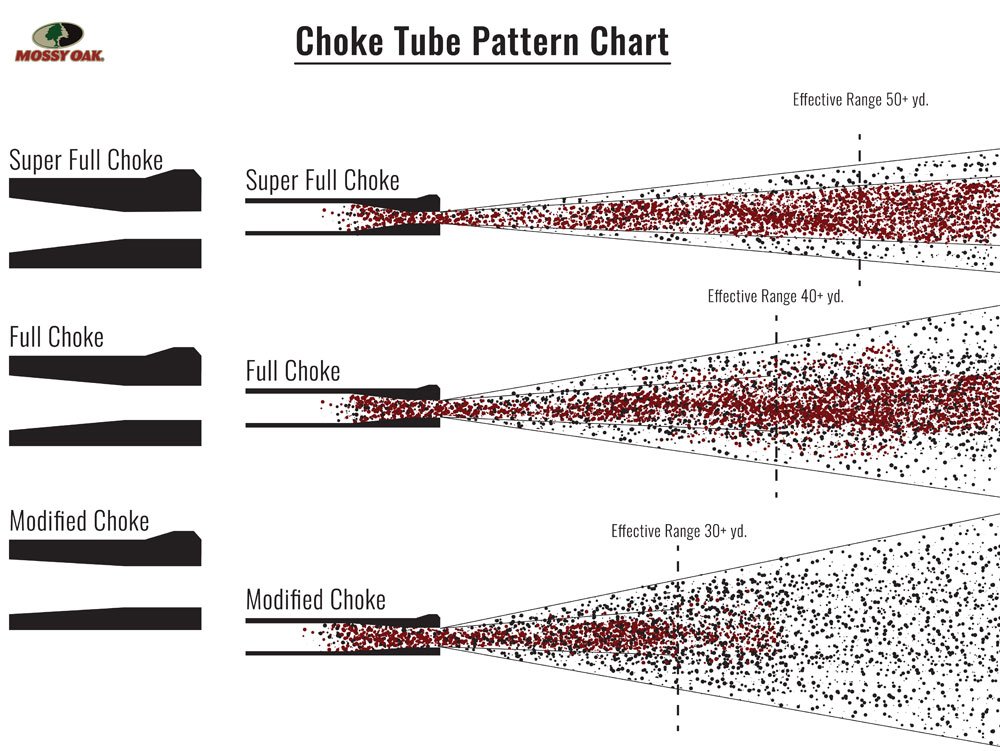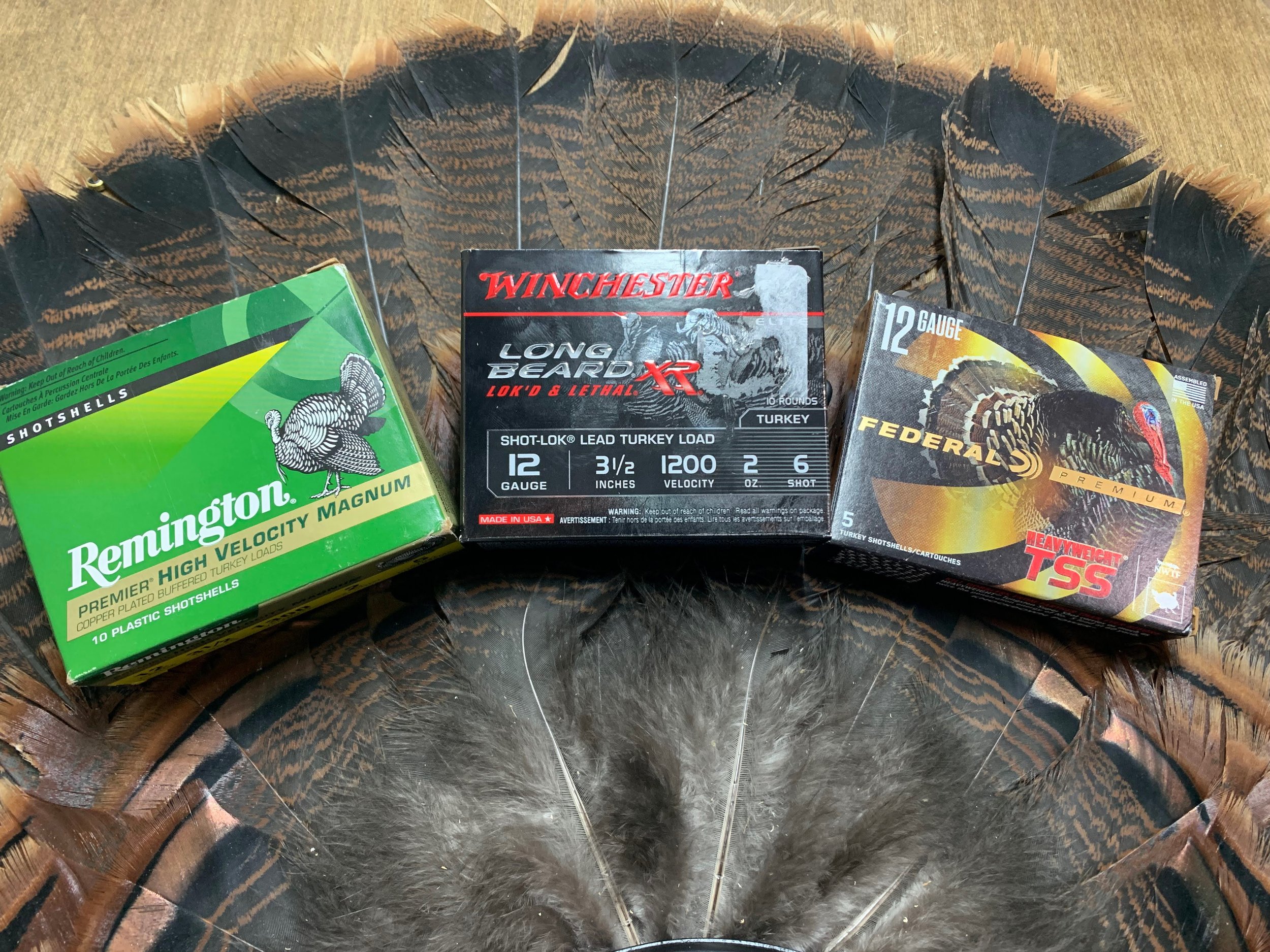How to Choose the Best Turkey Load
There are many different shotgun loads for turkey hunting and there’s more to turkey hunting than just shooting a bird with a shotgun. To be the best turkey hunter you can be, you have to start with knowing the capabilities of your gun, its pattern, and the different turkey shell loads.
To begin you’ll want to know what kind of shotgun is the best choice for hunting turkeys. If you don’t have a shotgun yet, or are in the process of purchasing one, be sure to read this article first before reading on.
A hunter is only as good as his/her weapon. You can be the best locator and active tracker when it comes to finding turkeys but, if you don't know the capabilities of your gun, you could be in for some serious disappointment. Take some time to study your shotgun. Most importantly, make sure it has the correct barrel and a choke installed on it.
To have an effective pattern, let's first talk about the loads and their “shot” size.
How to choose the best turkey load: “Shot”
Shotgun shells come in many different sizes. (For this discussion I will be referring mainly to 12-gauge shotguns). The most common sizes are 2 ½ in, 2 ¾ in, 3 in, and 3 ½ in. Make sure to note which shell size your shotgun is safe to fire.
For turkey hunting, it’s good to understand the “shot” of the shell you are using. “Shot” is the collective amount of pellets capped off in the shotgun shell, and are identified usually by a number (or letter) ranging from 1-to 9. No. 10, 9, 8, and 7 are common in target loads and are the smallest size pellets primarily used for grouse and other upland birds.
The next larger pellet sizes are 6, 5, and 4. These shots are perfect for turkeys, but also can be used for rabbits, ducks, and geese.
The largest pellet sizes are 3, 2, and 1. These shots have a heavier shot which is great for deer and long-range waterfowl hunting.
If you stayed awake during physics class, you’ll recall that heavier objects can hold their velocity longer. Which will in turn provide enough energy for quicker kills at longer distances. The downside is that having larger pellets in your shot, means less amount of pellets. Your shell can only hold so many pellets. Just remember: The greater shot # means you’ll have more pellets, but they’ll be smaller. And the smaller the shot No., the fewer pellets you’ll have, but they’ll be bigger.
Here’s a table to help visualize: (Shot Size to Pellet amount per shell)
You might be thinking, “I’ll just buy a larger shot since I’ll have a higher velocity and more knock-down power”. While you aren't wrong, just note that most “choked” shotguns aren’t able to handle larger pellets and you could end up damaging your shotgun by firing them.
For turkeys, let's focus on a shot No. 4, 5, and 6.
How to choose the best turkey load: Patterns
The pattern of your shotgun can easily be explained by showing the spread or “pattern” of the pellets on a target after you fired. As the round pellets are fired out of the barrel, they keep their closing condensed path of travel only for a short distance. After about 15-20 yards, they begin to spread out and widen, like a cone. A larger spread of pellets = a weak pattern. A closer condensed pattern = a strong pattern. It's critical to know how your shotgun patterns at different distances. A choke tube attachment installed on the end of your barrel can help increase the range of the shotgun pattern.
To throw another equation into the mix, different shell loads, made by different manufacturers, will throw different patterns. If this is your first time picking out a shotgun shell for turkey hunting, don't just take your buddies' advice. Try a couple of different shells from different companies, with different shot sizes and at different distances to see which shell your shotgun patterns best. You might be surprised that one shell shoots better than the other.
The ideal and most effective range for killing turkeys is 20-40 yds.
While some will argue taking longer shots is still lethal (with specific chokes and loads), the effectiveness and pattern of your shot starts to decrease with targets longer than 40 yds away, and therefore you run the risk of injuring the turkey. Shorter distance shots can have a smaller pattern, making aiming more important. Different pellet materials can make a big difference to your range and pattern.
How to choose the best turkey load : Pellet Material
In 1991, lead shot was banned for waterfowl hunting because of its toxic properties. Yet, while some states have installed harsher restrictions on lead shot, not all of these restrictions apply to turkey hunting. Though lead had been used for years in the past, some manufacturers moved towards a non-toxic approach. Here’s a comparison of material:
Lead
Heavy and dense
Toxic
Steel
Good penetration
Good pattern
Non-Toxic
Less dense than lead. (retains less energy)
Copper coated lead
Better penetration
Better pattern
Copper added to mimic lead density
Toxic
Tungsten
Best penetration
Best patterns
Very dense (retains the most energy)
Non-Toxic
Lead shot is still being sold, and is still readily available. It’s ultimately your decision on whether or not you want to take the risk of being exposed to the toxicity of lead or not. But, as we discussed earlier, denser pellets will hold patterns and distances longer than less dense pellets.
With everything said, take some time to shoot the different variations of shells, loads, and shot sizes. Find out which load shoots best through your shotgun. Before the hunting season kicks be sure to give this a try you are better prepared for when that big ole tom comes strutting your way!
Interested in learning more about How to Choose the Best Turkey Load?
We’d love to help. Check out our full list of hunting podcast episodes or take a look at some of our related resources below.





There are many different shotgun loads for turkey hunting and there’s more to turkey hunting than just shooting a bird with a shotgun. To be the best turkey hunter you can be, it starts with knowing the capabilities of your gun, the pattern of your gun, and knowing the different turkey shell loads and their effective ranges.